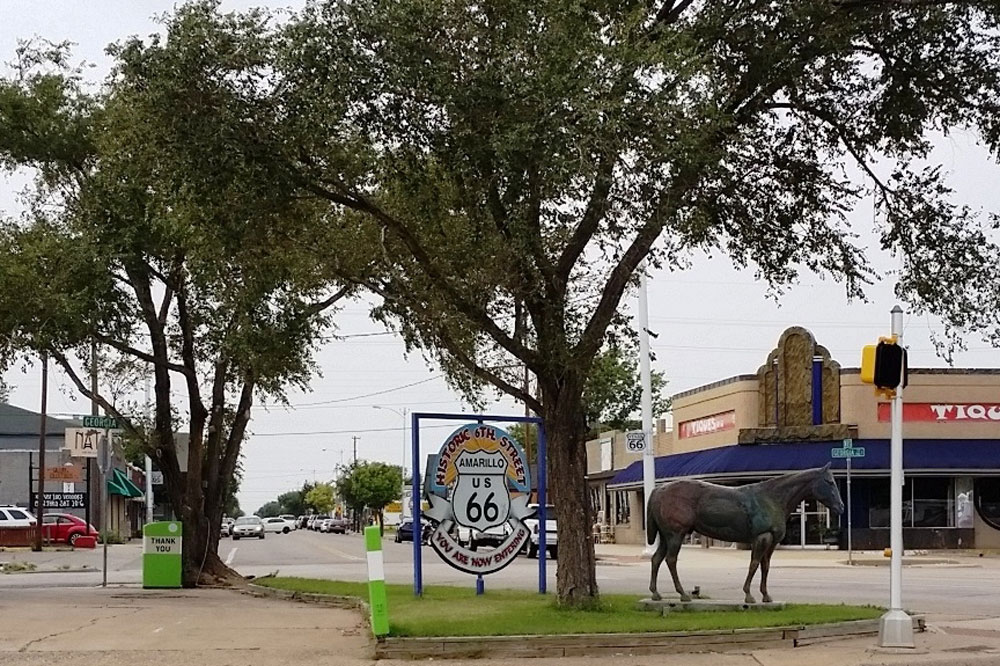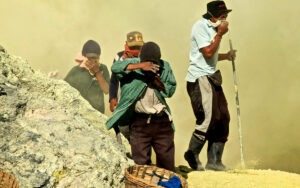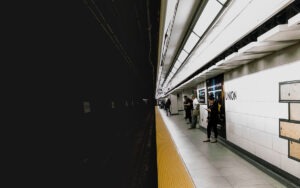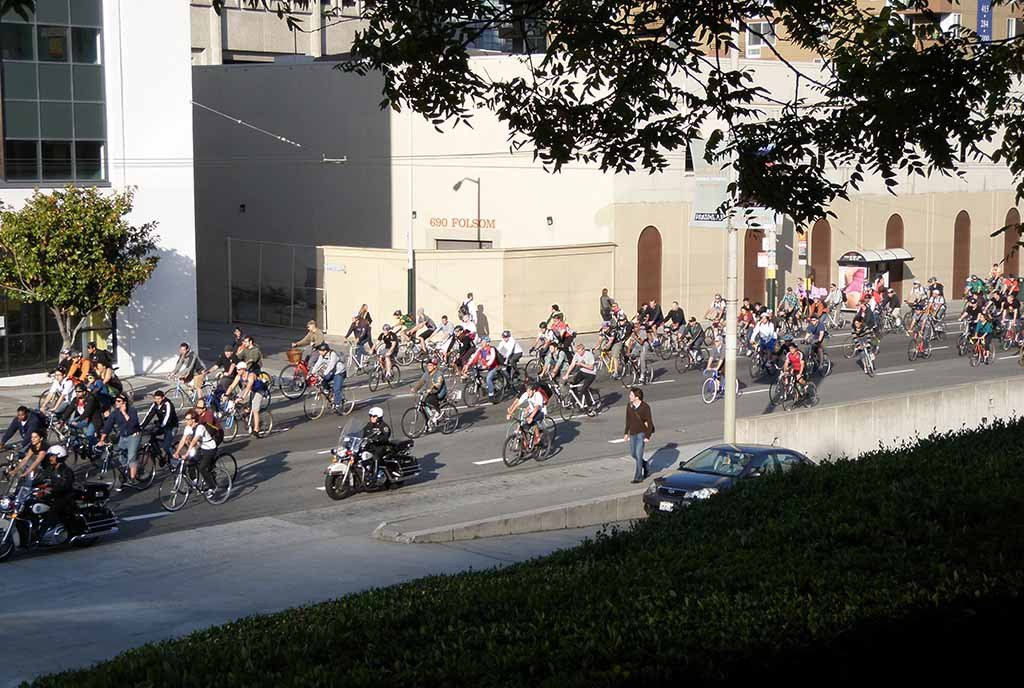
August 8, 2020; Valley Town Crier (McAllen, TX)
During the last recession, NPQ did a lot of sympathizing with organizations that had committed to a big capital project right before the downturn. (Best laid plans, and all of that.) To this list, add senior centers all over the country today, which have been deeply affected by the virus, which has a knock-on effect on the fundraising environment. These senior centers are part of our communities’ human infrastructure.
The Amarillo Senior Citizens Association has been asked to leave its premises at Amarillo College, where it’s been housed since 1973. The College plans to build an “innovation hub” in the space; the agreement was reached last October, before COVID-19 had even been discovered, and the Center believed it had a viable plan to raise $300,000 to cover the first phase of the move and space renovation. (That sum would be about equal to its annual budget.)
With a move-out date of September 30th, which at the time seemed quite reasonable, the center managed to buy a building from the county. Positive feelings swelled about the prospect of a move to a newly renovated facility at the beginning of March—just as the pandemic was starting to emerge as the scourge it is. Shortly thereafter, the Center closed, remained so through the spring, and has been operating at a very reduced capacity since the beginning of June.
Sign up for our free newsletters
Subscribe to NPQ's newsletters to have our top stories delivered directly to your inbox.
By signing up, you agree to our privacy policy and terms of use, and to receive messages from NPQ and our partners.
The first phase of fundraising is almost done, but there’s an additional $1.2–$1.7 million to raise in an environment where any available money has already been called for. A local community center is lending them space until June 2021, while the organization, which admits it has lost some traction in fundraising, reorganizes.
“Nobody really loves change,” says executive director Jennifer Jones. “A lot of these people, they went to high school here, when it was Amarillo High. This building has been a part of their lives since they were teenagers, which is a long time. I think they are sad to lose that.”
But, she adds, “Now that we’ve found this temporary space and we are raising money and we have an architect involved, I think people are starting to see, ‘Hey, we are going to be okay. It’s happening.’ They feel more reassured now.”
Situations like these require community will, but the organization appears to have a local network of support among both nonprofits and government. That’s something to remember: Sometimes, your strength and resilience in the midst of disaster is in your network. (Maybe even most of the time.)—Ruth McCambridge













